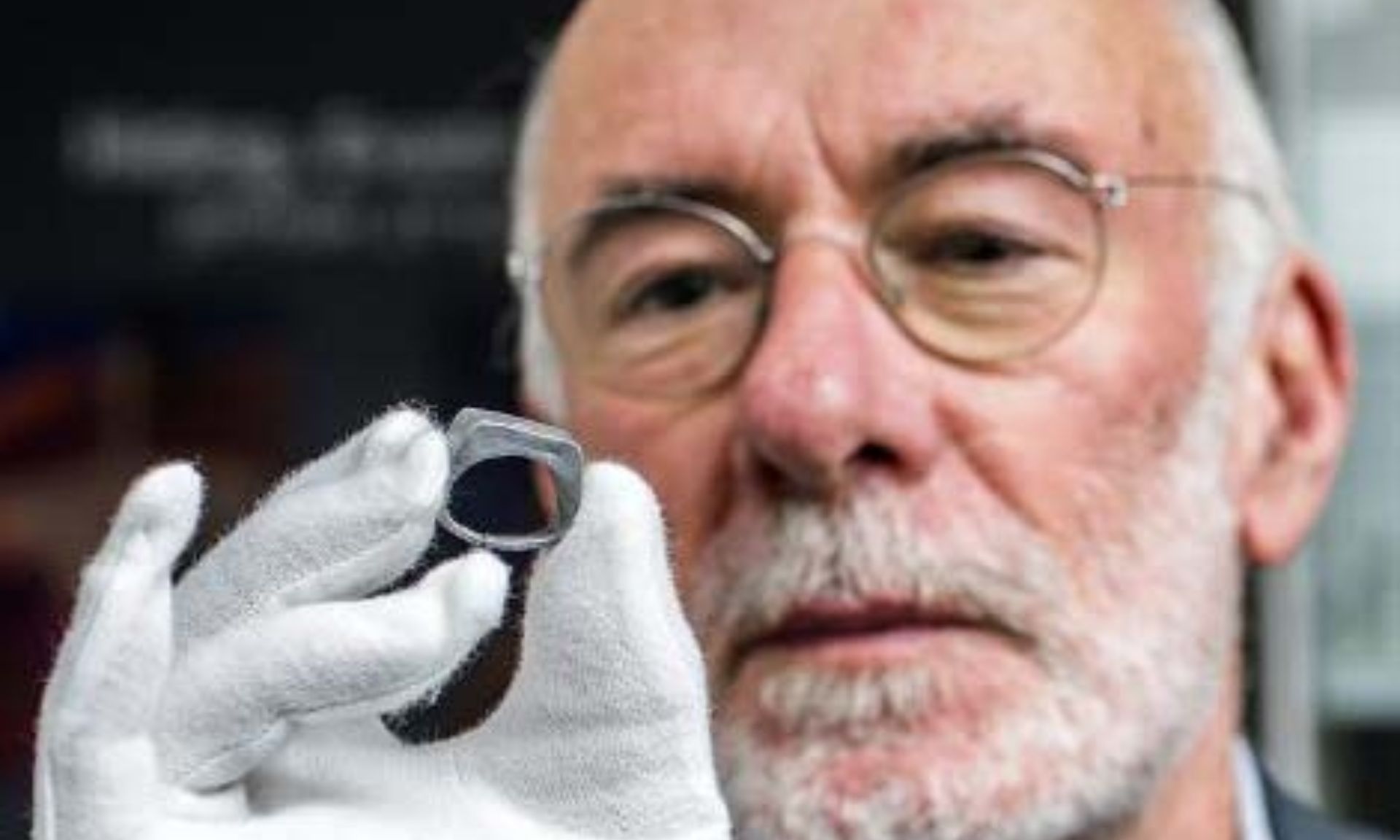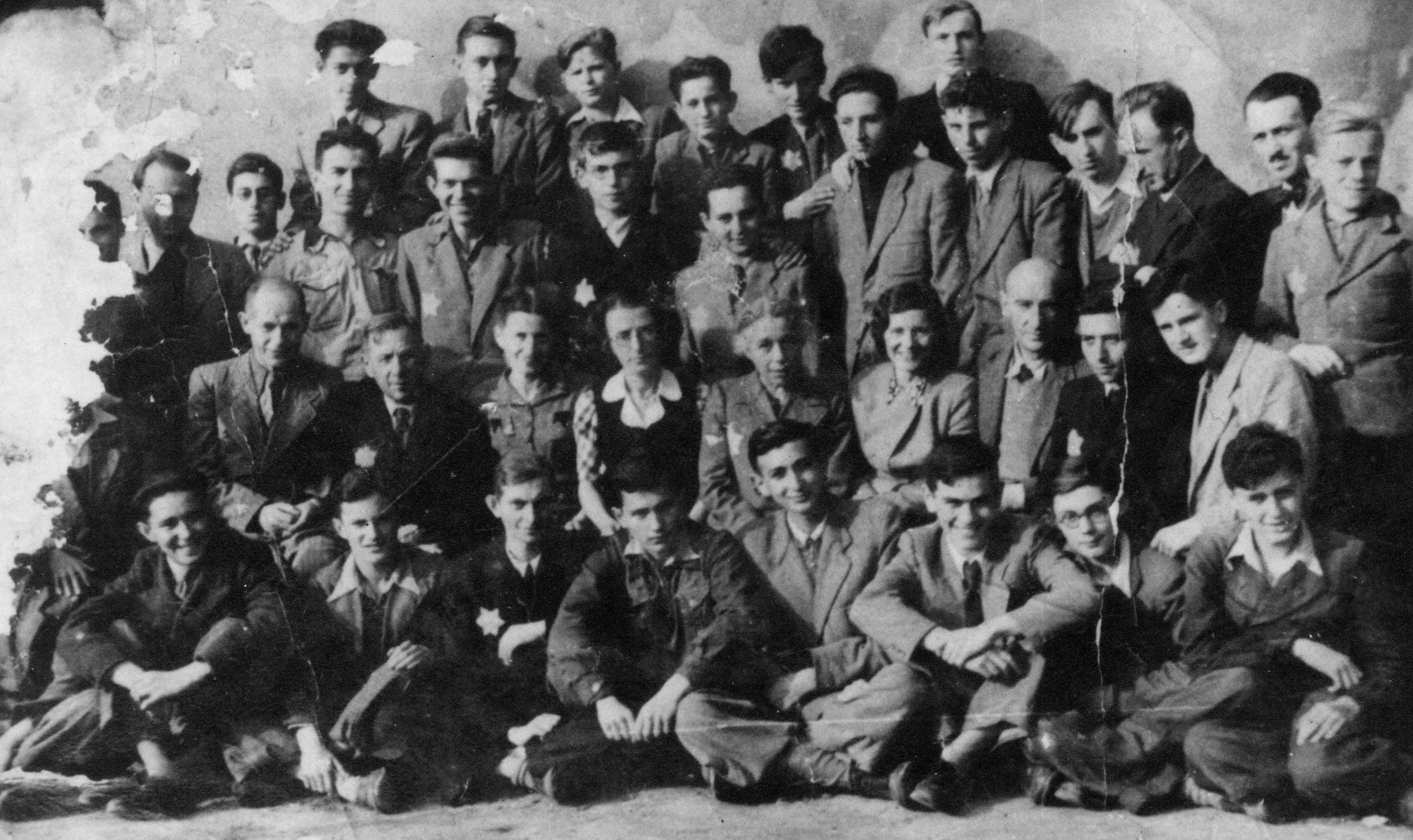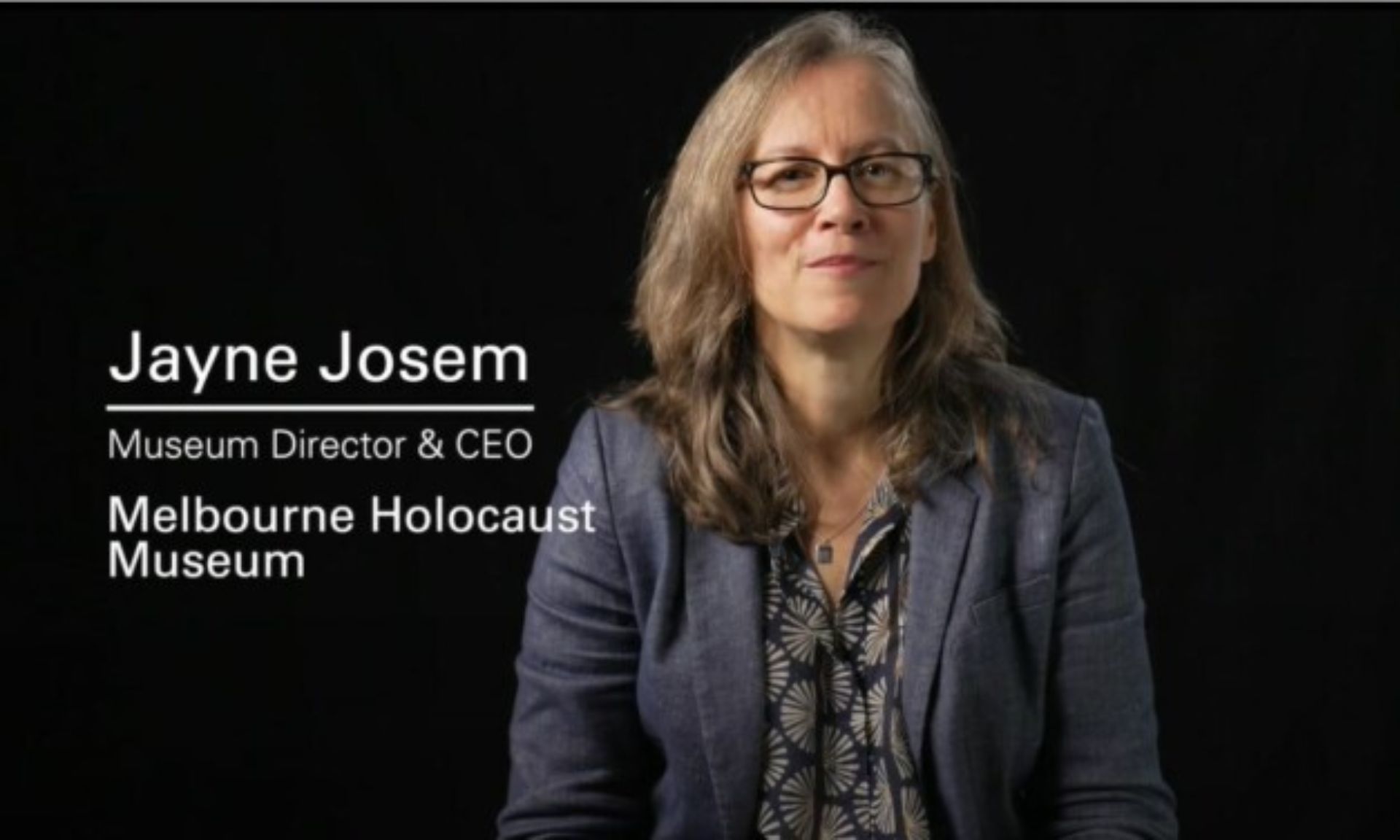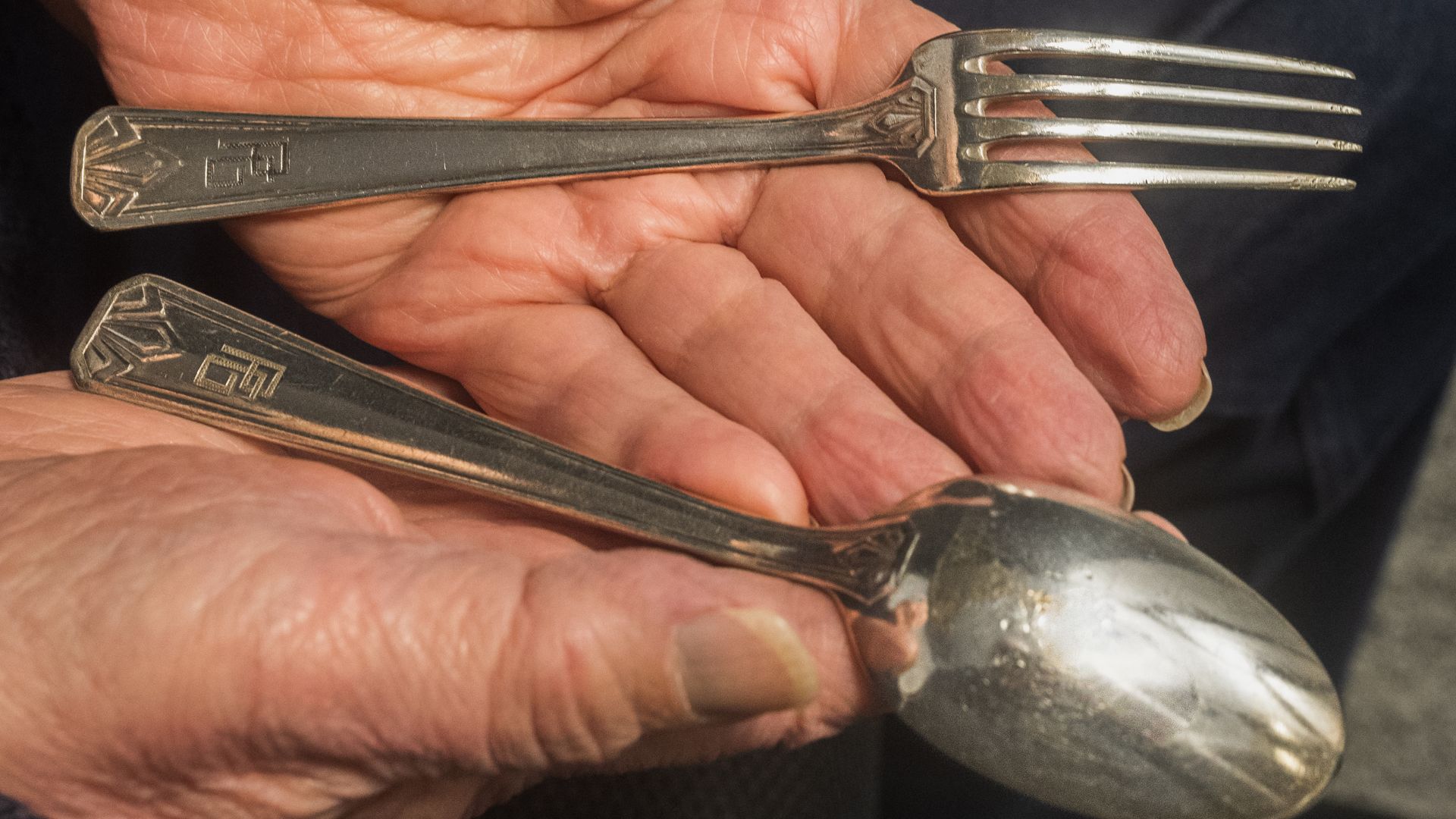A unique piece of Holocaust history now on display at the Melbourne Holocaust Museum.
Long thought lost, the model that was used at the end of the Second World War by a group of Oskar Schindler’s Jewish workers to make a gold ring for him has been found. It lay in the ring-maker’s workshop in Melbourne for more than 50 years.
Oskar Schindler, the hero of Thomas Kenneally’s book, Schindler’s Ark and the Spielberg film, Schindler’s List, was a German industrialist and member of the Nazi party who saved Jews by employing them in his factory and treating them humanely. About 1200 Jews were saved by him.
At the end of the war, one of Schindler’s workers, master jeweller Jozef Gross, made a gold ring for Oskar Schindler. This act is famously depicted in Spielberg’s film, with gold for the ring sourced from prisoners’ teeth.



